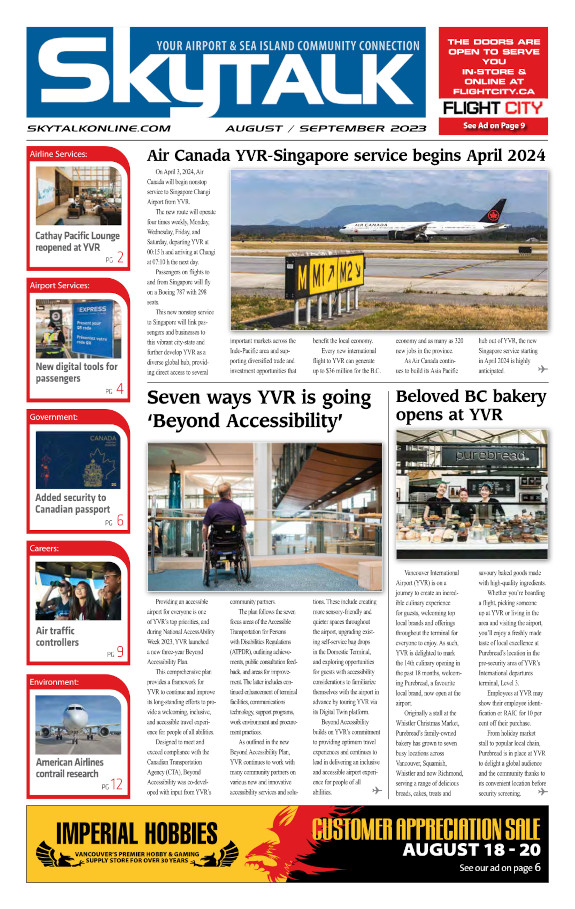Despite rising costs in the aviation sector, the International Air Transport Association (IATA) is forecasting improved net profitability for airlines in 2018, because of strong demand, efficiency and reduced interest payments.
IATA is forecasting global air transport profits to rise to $38.4-billion in 2018, an improvement from the $34.5-billion expected net profit in 2017.
The forecasted rise in profit for 2018 is expected to be the fourth consecutive year of sustainable profits with a return on invested capital (9.4 per cent) exceeding the industry’s average cost of capital (7.4 per cent).
“These are good times for the global air transport industry,” said Alexandre de Juniac, IATA’s director general and CEO. “Safety performance is solid. We have a clear strategy that is delivering results on environmental performance. More people than ever are traveling. The demand for air cargo is at its strongest level in over a decade. Employment is growing. More routes are being opened. Airlines are achieving sustainable levels of profitability. It’s still, however, a tough business, and we are being challenged on the cost front by rising fuel, labor and infrastructure expenses.”
Passenger numbers are expected to increase to 4.3-billion in 2018. Passenger traffic (revenue passenger kilometres or RPKs) is expected to rise six per cent (slightly down on the 7.5 per cent growth of 2017 but still ahead of the average of the past 10-20 years of 5.5 per cent.
The biggest challenge to profitability in 2018 will be rising costs.
Crude oil and jet fuel prices are expected to increase by 10.7 per cent and 12.5 per cent, respectively. Fuel costs are expected to be 20.25 per cent of total costs in 2018, up from 18.8 per cent in 2017
Labour costs have been accelerating strongly and, at a forecast of 30.9 per cent for 2018, will be a larger expense item than fuel.
Overall costs are forecast to grow by 4.3 per cent in 2018, a significant acceleration on the 1.7 per cent increase in 2017. This will outpace an expected 3.5 per cent increase in unit revenues.
All global regions are expected to report improved profitability in 2018 and are expected to see demand growth outpace capacity expansion.
Carriers in North America will continue to lead on financial performance and are forecast to generate the strongest financial performance with net profits of $16.4-billion in 2018 (up from $15.6-billion in 2017). Market conditions are expected to continue to be strong, with announced capacity growth (3.4 per cent) likely to be slightly less than our traffic forecast of 3.5%.
North American airlines have generated more than half of the industry’s profits produced in the past three years, but rising cost pressures have slowed further improvements. Low hedging ratios mean rising fuel prices have hit this region first and labor cost pressures have been an issue, though the expectation is that this pressure will diminish in 2018.
Economic impact of aviation
Overall, the aviation sector continues to play a major part in contributing to the world’s Gross Domestic Product (GDP). For example, the value of goods carried by airlines is expected to exceed $6.2-trillion in 2018, representing 7.4 per cent of world GDP.
On average across the world IATA forecasts that in 2018 each airline employee will generate more than $109,000 of gross value added (the firm-level equivalent to GDP), which is considerably higher than the economy-wide average.
Additionally, international tourists travelling by air are expected to spend more than $750-billion in 2018, a rise of 15 per cent in just over two years.








